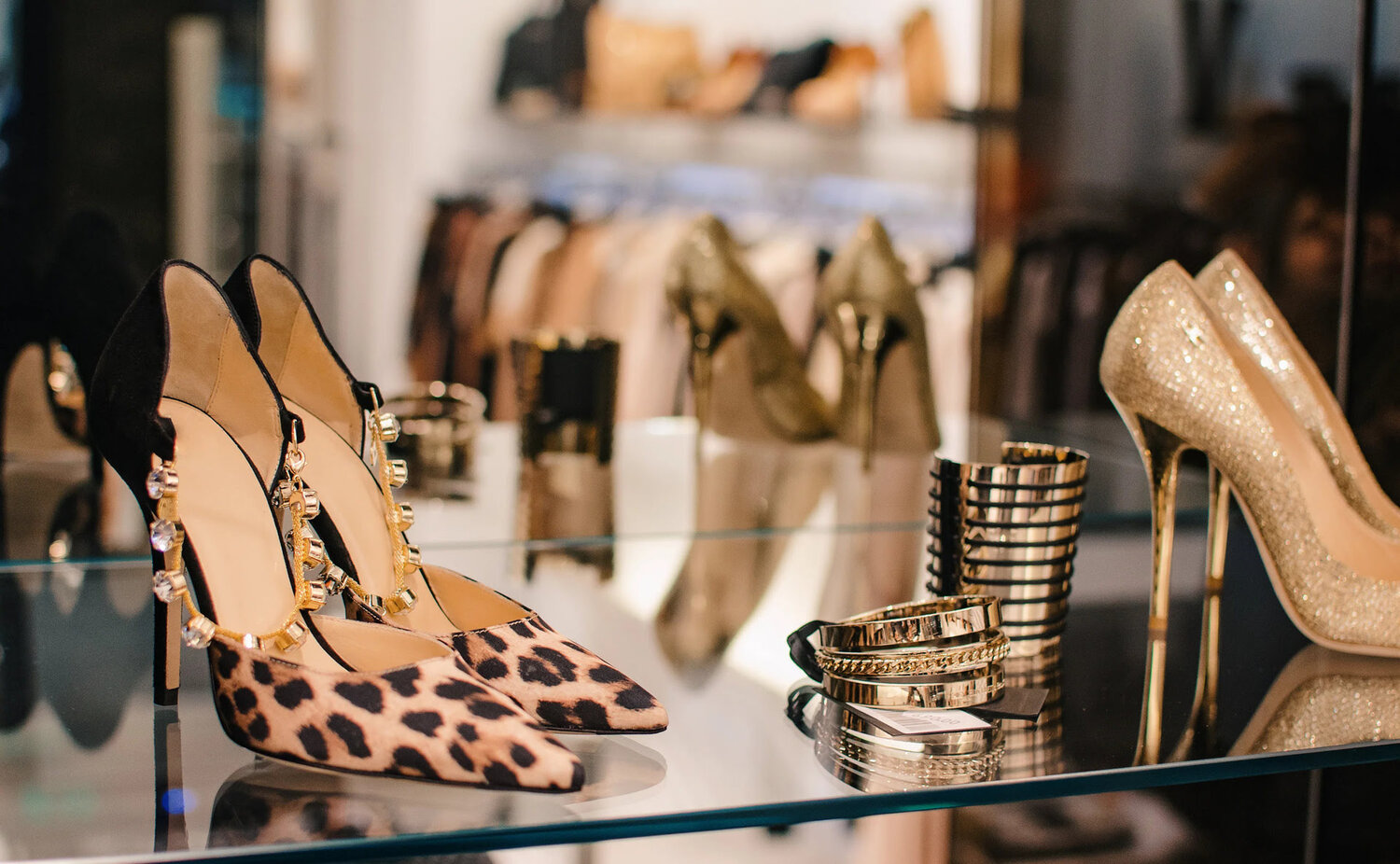

Articles
How To Store Designer Shoes
Modified: January 6, 2024
Learn the best ways to store your designer shoes and keep them looking their best with these informative articles.
(Many of the links in this article redirect to a specific reviewed product. Your purchase of these products through affiliate links helps to generate commission for Storables.com, at no extra cost. Learn more)
Introduction
Do you have a collection of designer shoes that you want to keep in pristine condition? Proper storage is essential to ensure the longevity and beauty of your high-end footwear. Whether you’re a fashion enthusiast or simply someone who values quality footwear, this article will guide you through the process of storing your designer shoes effectively.
With the right storage methods, you can protect your investment, prevent damage, and keep your shoes looking their best for years to come. From finding the right storage space to cleaning and preparing the shoes, we will explore various aspects of proper shoe storage and organization.
Key Takeaways:
- Proper storage, cleaning, and organization are essential for maintaining the quality and longevity of designer shoes. Follow these tips to protect your investment and enjoy stylish footwear for years to come.
- Choosing the right storage space, containers, and handling techniques is crucial for preserving the beauty and value of designer shoes. With proper care and attention, your shoe collection can remain in optimal condition and make a stylish statement for years to come.
Read more: How To Store Knee High Boots
Finding the Right Storage Space
When it comes to storing your designer shoes, finding the right storage space is crucial. Ideally, you want to choose a location that is cool, dry, and away from direct sunlight. Extreme temperatures, humidity, and sunlight can cause damage to the materials and colors of your shoes.
If you have a dedicated closet, consider installing shelves or shoe racks to maximize space and allow for easy visibility and access to your shoe collection. Make sure the area is clean and free from any potential hazards that could harm your shoes. Avoid storing your shoes in areas prone to moisture, such as basements or attics.
If you don’t have a dedicated closet, you can utilize under-bed storage containers or over-the-door shoe organizers. These options are convenient and can help save space in small living areas. Just make sure the containers or organizers provide adequate protection against dust and damage.
It’s also essential to consider the storage space available for each pair of shoes. Avoid overcrowding or piling shoes on top of each other, as this can lead to creasing, misshaping, or scuffing. Giving each pair enough breathing space will help maintain their original shape and quality.
Lastly, remember to label your shoe storage containers or organize them by categories such as dress shoes, sneakers, flats, or heels. This will not only help you locate specific pairs easily but also prevent unnecessary rummaging that could potentially create damage.
Cleaning and Preparing Shoes for Storage
Before storing your designer shoes, it’s crucial to clean and prepare them properly. This helps remove dirt, dust, and any other contaminants that may cause damage or discoloration over time.
Start by gently brushing the shoes with a soft bristle brush to remove any loose dirt or debris. Be sure to pay attention to crevices and hard-to-reach areas. For suede or nubuck shoes, use a suede brush or eraser to remove stains or scuffs.
If your shoes have any stains or spills, tackle them immediately. Use a mild cleaner or saddle soap specifically formulated for the type of material your shoes are made of. Follow the manufacturer’s instructions and spot test on a small, inconspicuous area first to ensure compatibility.
Once your shoes are clean and dry, it’s important to condition and protect them. Apply a high-quality leather conditioner or specific shoe protection product recommended by the manufacturer. This helps maintain the suppleness of the leather and protect it from cracking or drying out.
For suede or nubuck shoes, use a water and stain repellent spray to create a barrier against moisture and dirt. Apply the spray evenly, following the instructions on the bottle.
Allow your shoes to air dry completely before storing them. Avoid using direct heat sources such as heaters or hairdryers, as this can damage the shoes. Also, stuff the insides of the shoes with tissue paper or shoe inserts to help them maintain their shape during storage.
By cleaning and preparing your shoes before storage, you ensure that they will remain in the best possible condition while being stored.
Choosing the Right Storage Containers
When it comes to storing your designer shoes, selecting the right storage containers is essential to protect them from dust, moisture, and damage. Here are some considerations to keep in mind when choosing storage containers:
Air-tight and Mold-Resistant: Opt for containers that are air-tight and mold-resistant. This helps prevent moisture and humidity from seeping in and damaging your shoes. Look for containers made of materials like plastic or acrylic, which provide a reliable barrier against moisture.
Clear and Transparent: Choose containers that are clear or have a transparent lid. This allows you to easily see the contents of each container without having to open it. It’s especially helpful if you have a large shoe collection and want to quickly locate a specific pair.
Appropriate Size: Select containers that are of the appropriate size for your shoes. Shoes shouldn’t be cramped or squeezed into a container, as this can cause deformation or creasing. On the other hand, excessively large containers may result in shoes shifting or rubbing against each other, potentially causing damage.
Dividers or Compartments: Consider containers that have built-in dividers or compartments. These help keep each pair of shoes separate and prevent them from scratching or rubbing against each other. Dividers also aid in organizing different types of shoes, making it easier to find what you need.
Dust Covers or Bags: For extra protection, consider using individual dust covers or shoe bags for each pair of shoes. These covers or bags not only prevent dust from settling on your shoes but also provide an additional layer of protection.
Stackable and Nestable: If you have limited storage space, look for containers that are stackable or nestable. This allows you to maximize vertical space and keep your collection organized without taking up too much room.
Remember to clean and disinfect your storage containers before placing your shoes inside. This ensures that no dirt, dust, or potential contaminants come into contact with your valuable designer shoes.
Store designer shoes in their original boxes or dust bags to protect them from dust and damage. Keep them in a cool, dry place away from direct sunlight to prevent fading and discoloration.
Organizing and Storing Shoes by Type
Proper organization is key to easily locate and access your designer shoes. By organizing and storing your shoes by type, you can maintain their condition and make getting ready a breeze. Here are some tips for organizing and storing your shoes by type:
Categorize Your Shoes: Start by categorizing your shoes into different types, such as sneakers, boots, heels, flats, and so on. This allows you to visually see your collection and makes it easier to locate specific pairs.
Separate Seasonal Shoes: If you have seasonal shoes, such as sandals for summer or snow boots for winter, consider storing them separately when not in use. This helps free up space and keeps your current season’s shoes easily accessible.
Utilize Shoe Racks or Shelves: Invest in shoe racks or shelves that can accommodate different types of shoes. Shoe racks with adjustable shelves or ones specifically designed for heels or boots can help maximize space and prevent damage from overcrowding.
Consider Shoe Boxes: For your more delicate or special occasion shoes, consider storing them in their original shoe boxes. Label the boxes or take photos of the shoes and attach them to the outside, making it easy to identify the pair without having to open every box.
Use Clear Shoe Boxes: If you prefer a more uniform look or want to easily see the contents of each box, opt for clear shoe boxes. These allow you to stack and store your shoes, while still providing protection and visibility.
Arrange Shoes by Color or Occasion: If you’re a visual person, consider organizing your shoes by color or occasion. This not only creates a visually appealing display but also helps you find the perfect pair for a specific outfit or event without any hassle.
Rotate Your Shoes: To prevent excessive wear and tear on your shoes, consider rotating them regularly. This allows different pairs to rest and recover, prolonging their lifespan and maintaining their shape.
Remember to store your shoes in a clean and organized manner, avoiding any unnecessary handling or jamming them in tightly packed spaces. By organizing and storing your shoes by type, you can easily maintain and enjoy your designer shoe collection for years to come.
Read more: How To Store Thigh High Boots
Properly Handling and Protecting Shoes
Proper handling and protection are essential factors in maintaining the quality and longevity of your designer shoes. By following a few guidelines, you can ensure that your shoes stay in excellent condition for years to come:
Handle with Clean Hands: When handling your shoes, make sure your hands are clean and free from any dirt, oils, or lotions. This prevents transferring any stain-causing substances or damaging the delicate materials of your shoes.
Avoid Contact with Water: Excessive exposure to water can damage shoes made with sensitive materials such as suede, fabric, or certain types of leather. It’s important to avoid wearing your designer shoes in wet conditions and protect them from rain or spills. If your shoes do get wet, let them air dry naturally without using any direct heat sources.
Use Shoe Horns: Shoe horns can be a helpful tool when putting on your shoes, especially if they’re snug or have a narrow opening. Using a shoe horn prevents excessive force and helps maintain the shape and integrity of the shoe’s heel counter.
Avoid Excessive Wear and Tear: While it’s tempting to wear your favorite designer shoes every day, limiting their usage can minimize wear and tear. Reserve them for special occasions or days when you want to make a statement.
Don’t Fold or Bend Shoes: Folding or bending shoes that are not designed to be flexible can cause permanent damage, especially to the upper materials, such as leather. Always store your shoes in a way that maintains their shape and structure.
Use Shoe Trees: Use shoe trees to help maintain the shape of your shoes when they’re not being worn. Shoe trees made of cedar wood can also absorb moisture and odors, keeping your shoes fresh and preventing them from developing a musty smell.
Avoid Excessive Sunlight: Direct sunlight can fade colors and degrade the quality of shoes over time. Keep your shoes away from windows or areas exposed to prolonged sunlight to preserve their appearance and durability.
Regularly Inspect and Maintain: Check your shoes regularly for any signs of damage, loose stitching, or deteriorating soles. Address any issues promptly to prevent further damage and extend the lifespan of your shoes.
By properly handling and protecting your designer shoes, you can ensure that they maintain their beauty and quality for years to come. Treat them with care, and they will continue to be a valuable and stylish addition to your wardrobe.
Tips for Long-Term Storage
Long-term storage requires extra care and consideration to preserve the quality and condition of your designer shoes. Follow these tips to ensure your shoes remain in excellent condition while in storage:
Clean and Prepare: Before storing your shoes for an extended period, make sure they are thoroughly cleaned and prepared. Remove any dirt, stains, or residue, and ensure they are completely dry. This prevents the growth of mold or mildew.
Stuff the Shoes: To help your shoes maintain their shape and prevent them from developing creases or wrinkles, stuff them with tissue paper, bubble wrap, or shoe inserts. This helps retain their form, especially for leather shoes.
Avoid Plastic Bags: While it may be tempting to place your shoes in plastic bags, it’s best to avoid doing so for long-term storage. Plastic bags can trap moisture and lead to the growth of mold or mildew. Opt for breathable shoe bags or tissue paper instead to allow air circulation.
Use Silica Gel Packs: Silica gel packs can help absorb excess moisture and prevent moisture-related issues like mold or mildew. Place a few silica gel packs inside your storage containers or shoe boxes to maintain a dry environment.
Store in a Climate-Controlled Area: Extreme temperature changes can be detrimental to your shoes, causing them to warp, crack, or deteriorate. It’s best to store your shoes in a climate-controlled area, away from direct sunlight and fluctuating temperatures.
Regularly Check on Your Shoes: Even in long-term storage, it’s important to periodically check on your shoes. Inspect them for any signs of damage or pests, and if necessary, take appropriate measures to address any issues.
Avoid Prolonged Compression: Avoid placing heavy items on top of your shoe boxes for an extended period. Prolonged compression can deform the shoes and affect their overall structure.
Rotate Storage: If you have a large shoe collection to store long-term, consider rotating your storage to evenly distribute the weight and pressure on different pairs of shoes. This reduces the risk of damage or deformation to specific shoes.
Document Your Collection: Consider keeping a detailed inventory or taking photographs of your shoe collection before storage. This serves as documentation and provides insurance in case of loss or damage.
By following these tips for long-term storage, you can ensure that your designer shoes remain in excellent condition and are ready to be enjoyed when you retrieve them. Proper care and preparation are key to preserving their beauty and value over time.
Conclusion
Properly storing your designer shoes is crucial to maintain their quality, beauty, and value. By finding the right storage space, cleaning and preparing your shoes, choosing the appropriate storage containers, organizing them by type, and properly handling and protecting them, you can ensure that your shoe collection stays in optimal condition for years to come.
Whether you have a vast collection or just a few cherished pairs, following these storage tips will help prevent damage, minimize wear and tear, and extend the lifespan of your shoes. Keeping your shoes in a cool, dry, and well-organized space is key to preventing moisture, mold, and sun damage.
Regular cleaning, conditioning, and protection are essential steps to follow before storing your shoes. By properly handling them and avoiding excessive wear and tear, you can keep your shoes looking their best and avoid unnecessary damage caused by mishandling.
Additionally, when it comes to long-term storage, taking extra precautions such as using silica gel packs, avoiding plastic bags, and periodically checking your shoes can help maintain their condition during extended periods of storage.
Remember, your designer shoes are an investment, and with proper care and storage, they can continue to be stylish statements for years to come. By implementing these tips, you can enjoy your designer shoes for longer, ensuring that they remain a valuable part of your wardrobe.
So, go ahead and give your designer shoes the care they deserve. With the right storage techniques, you can preserve their beauty and enjoy them for many stylish years ahead!
Frequently Asked Questions about How To Store Designer Shoes
Was this page helpful?
At Storables.com, we guarantee accurate and reliable information. Our content, validated by Expert Board Contributors, is crafted following stringent Editorial Policies. We're committed to providing you with well-researched, expert-backed insights for all your informational needs.
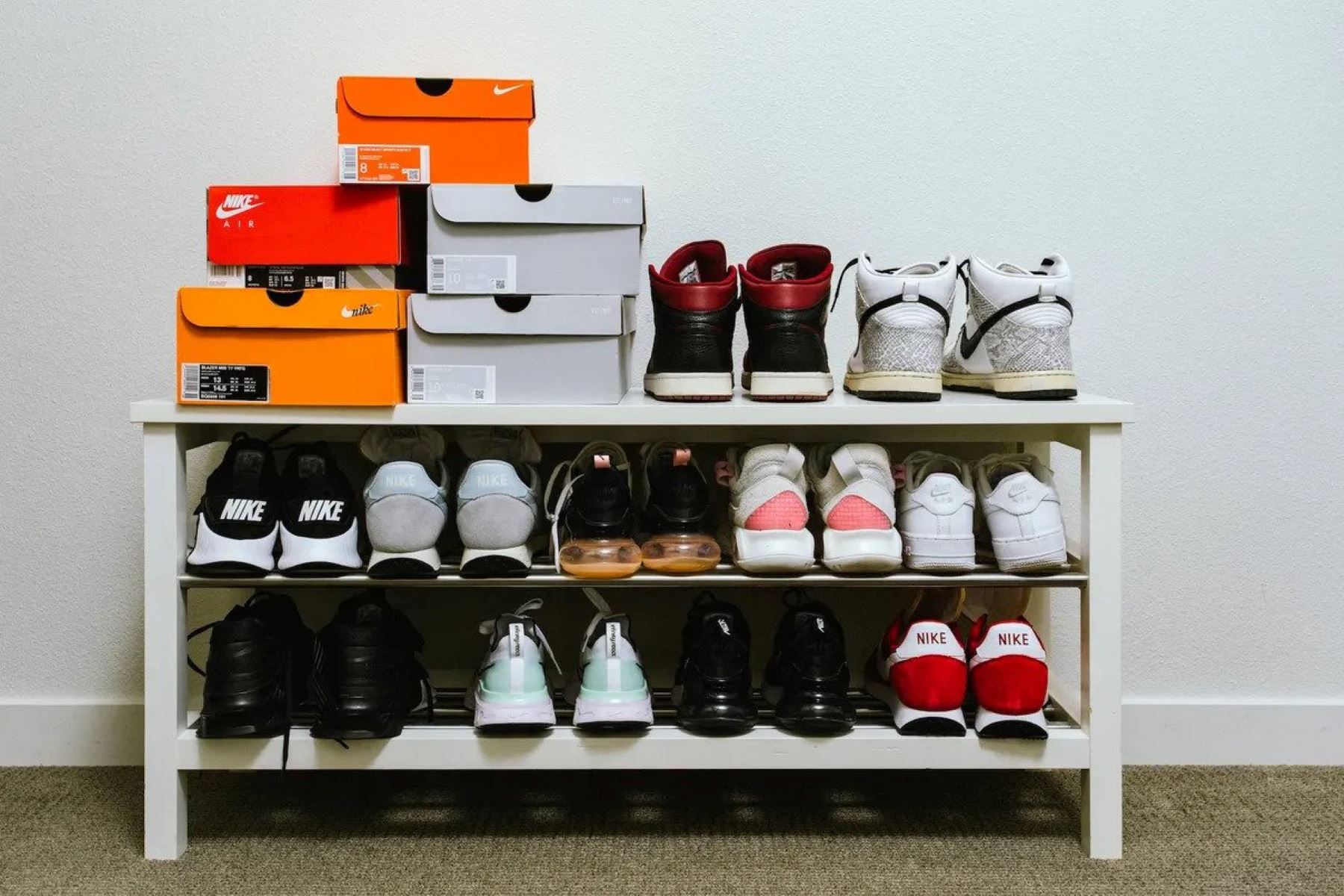
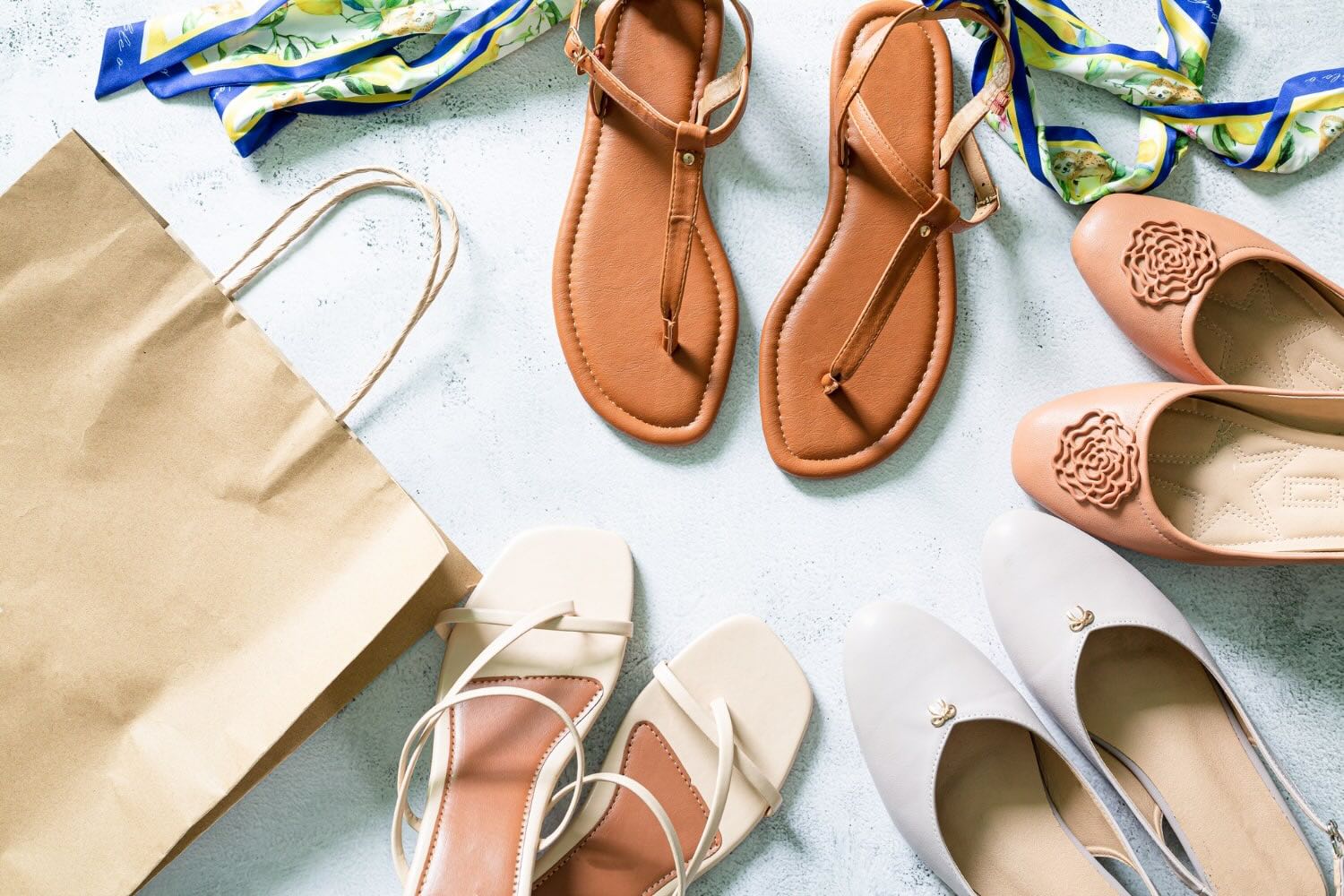
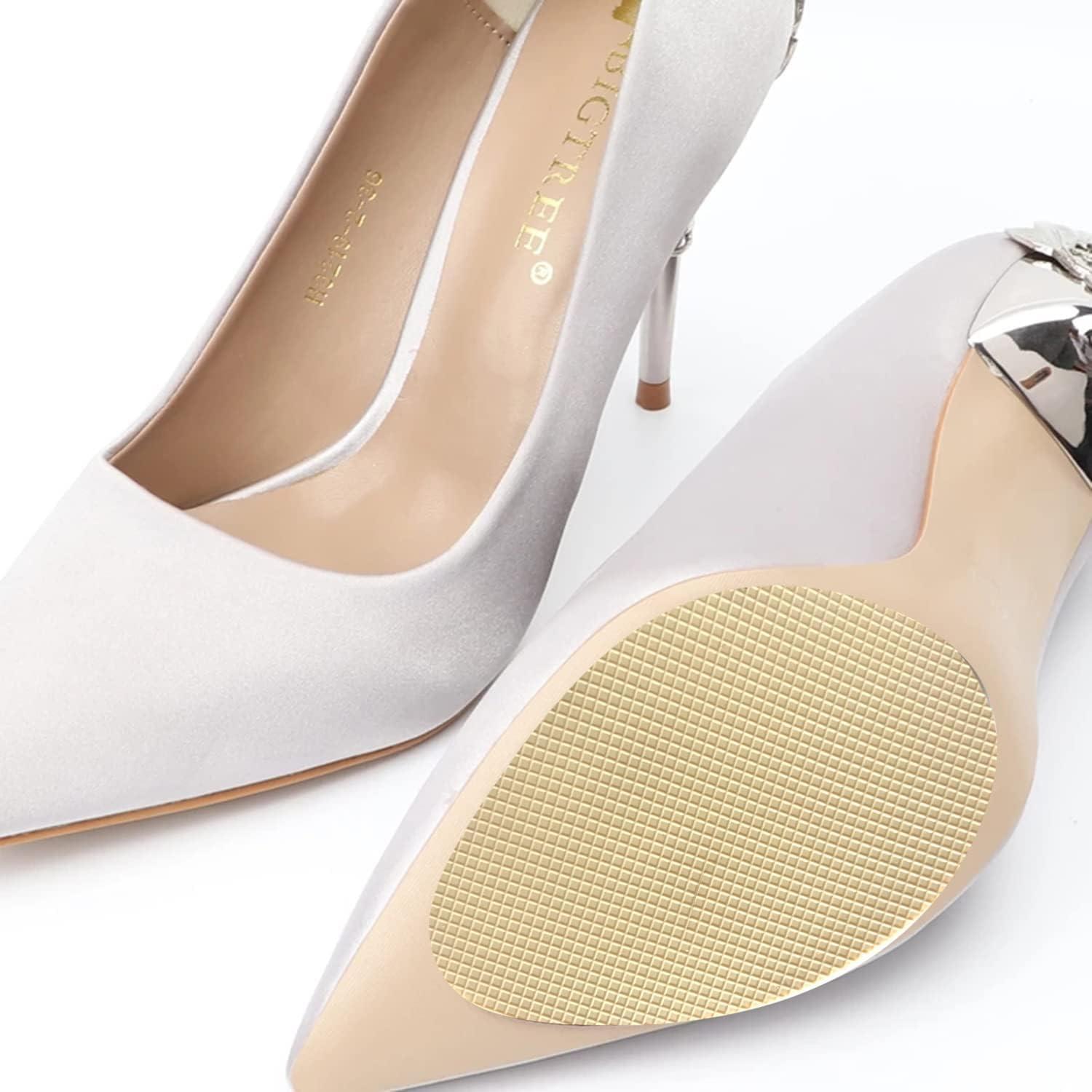
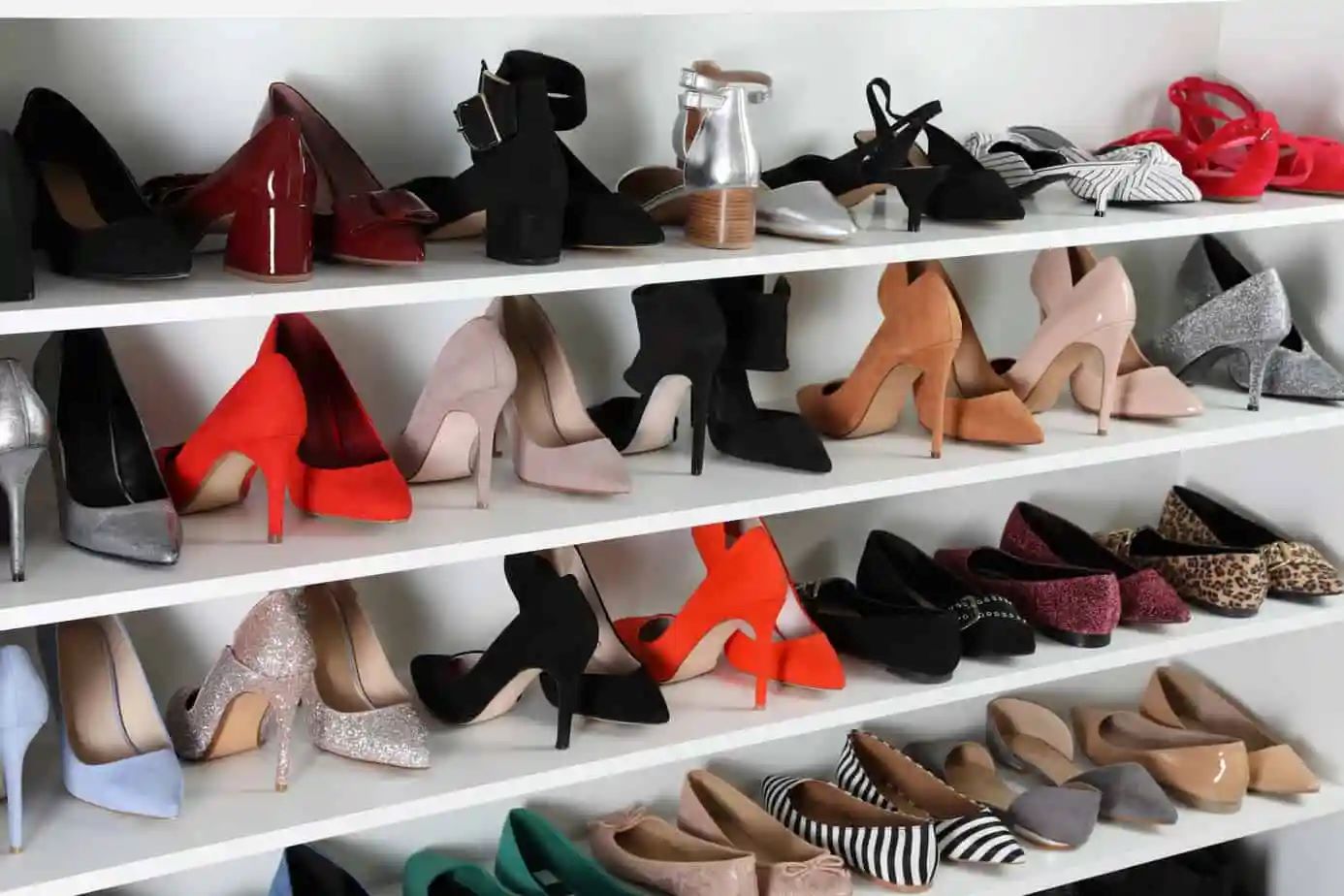
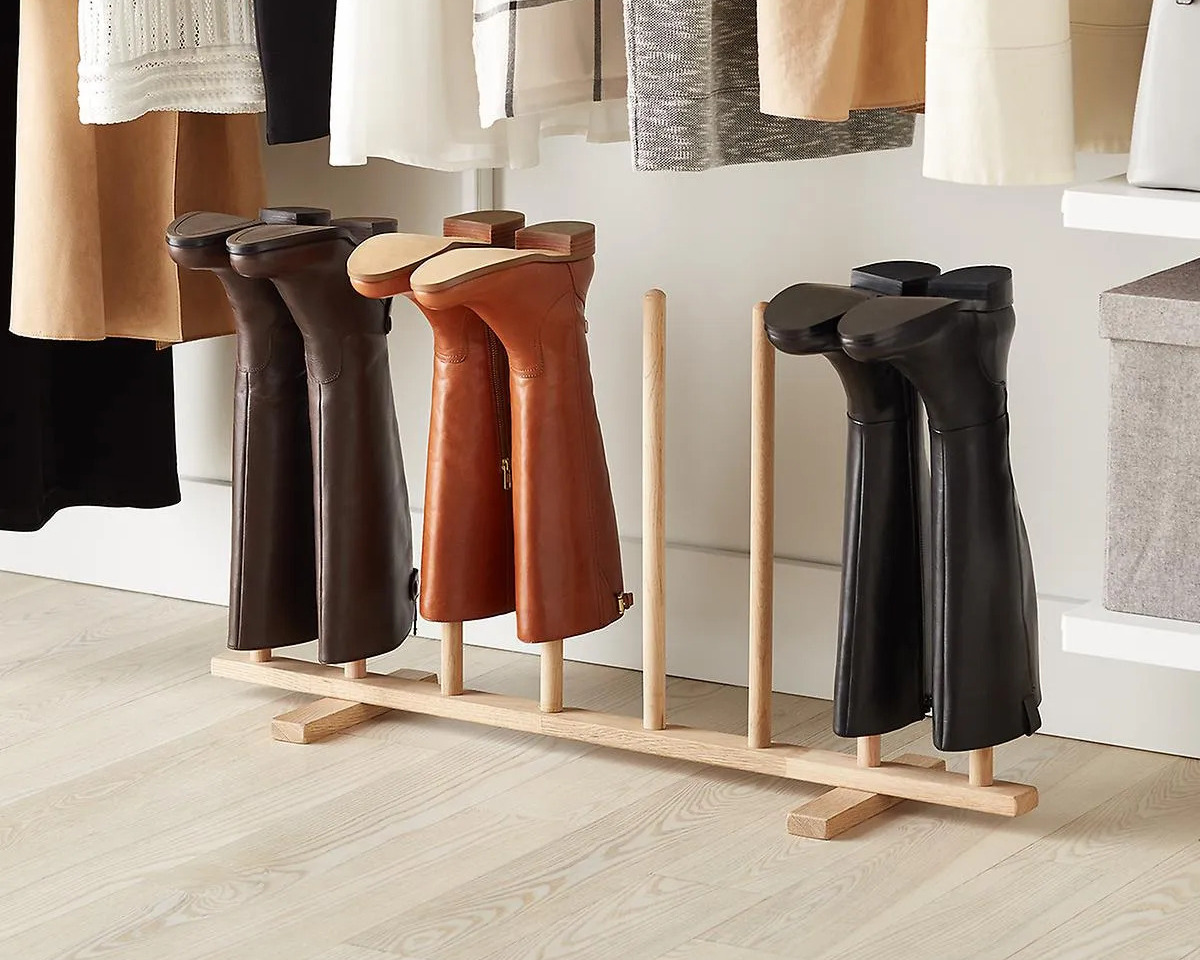
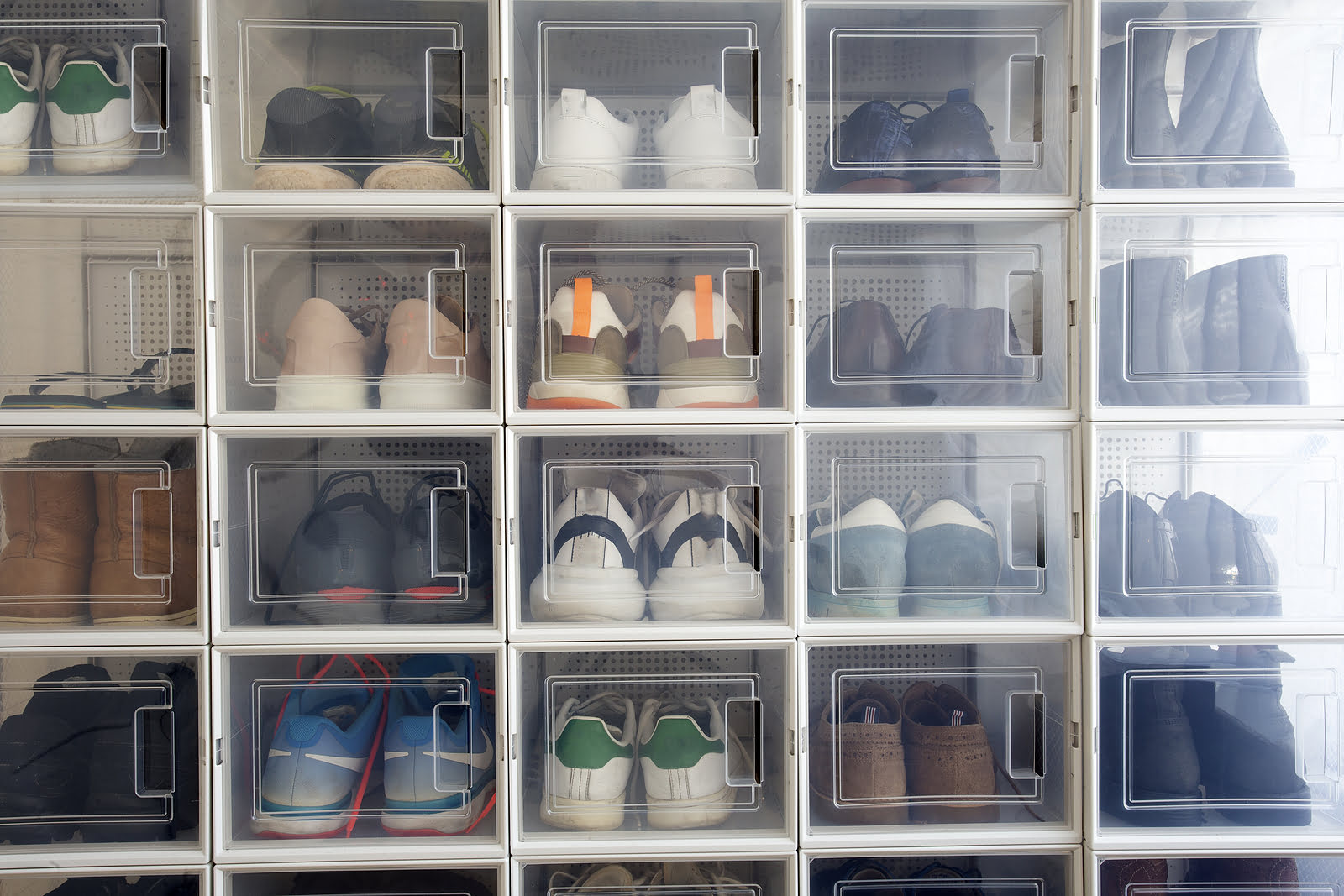
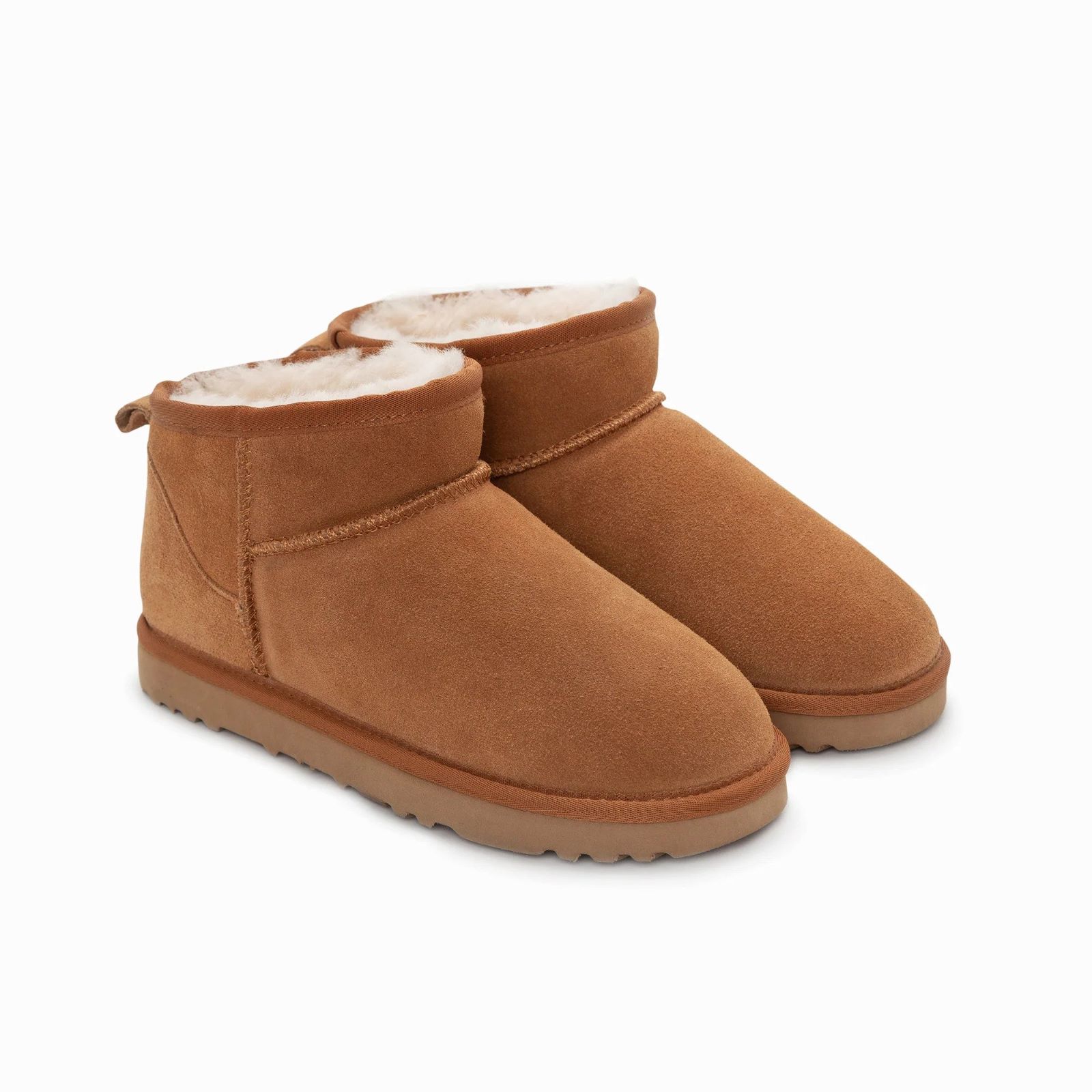
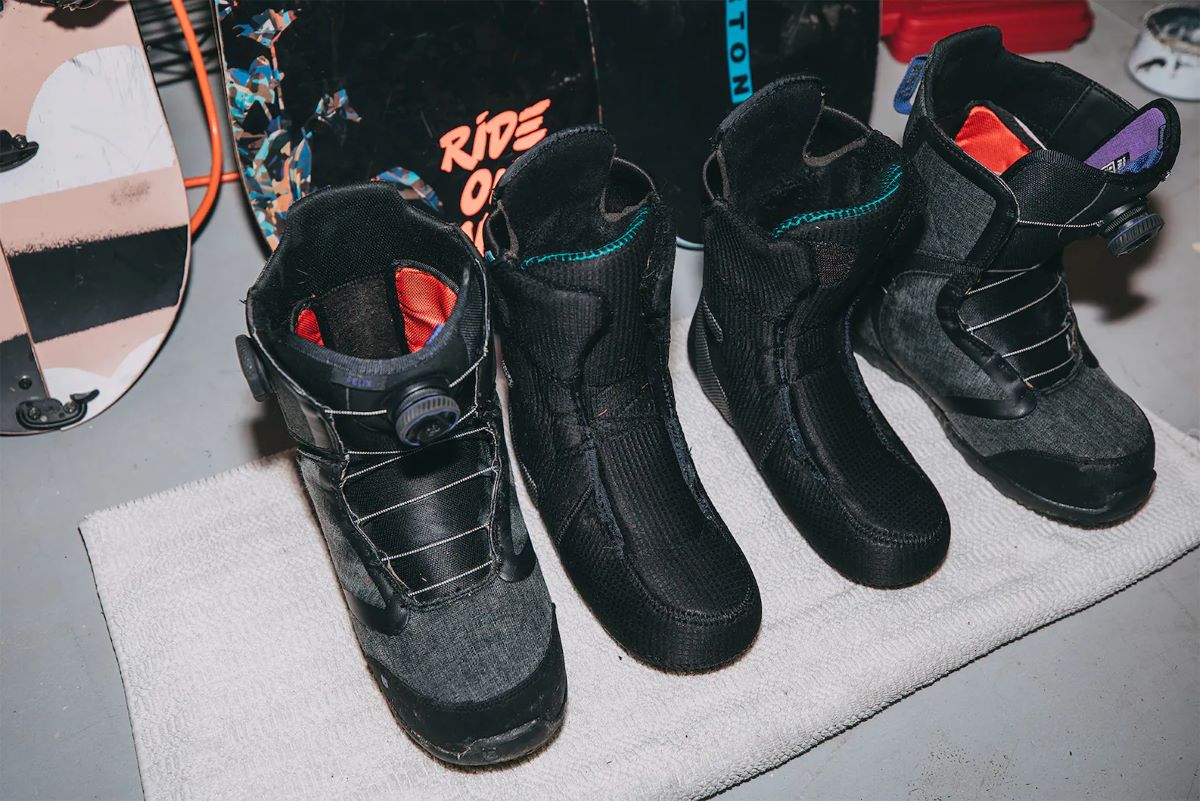
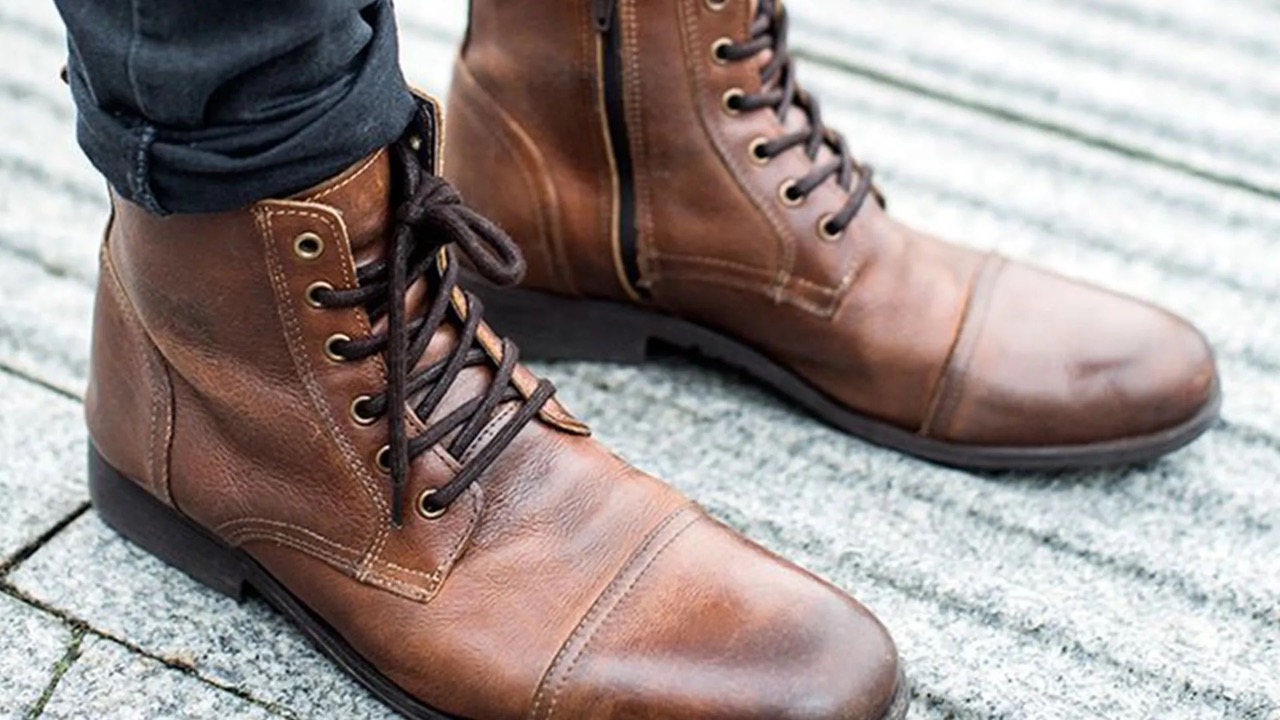
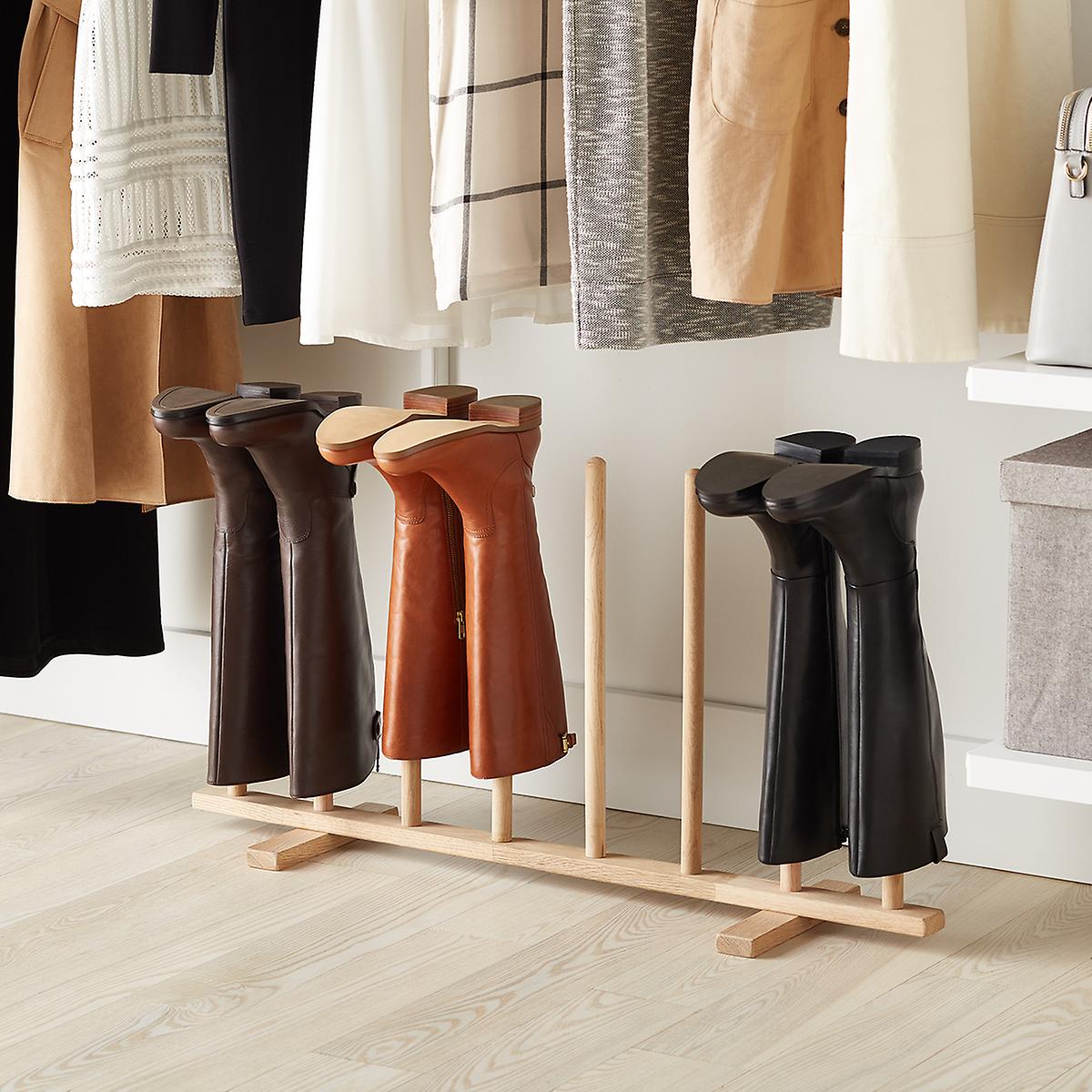
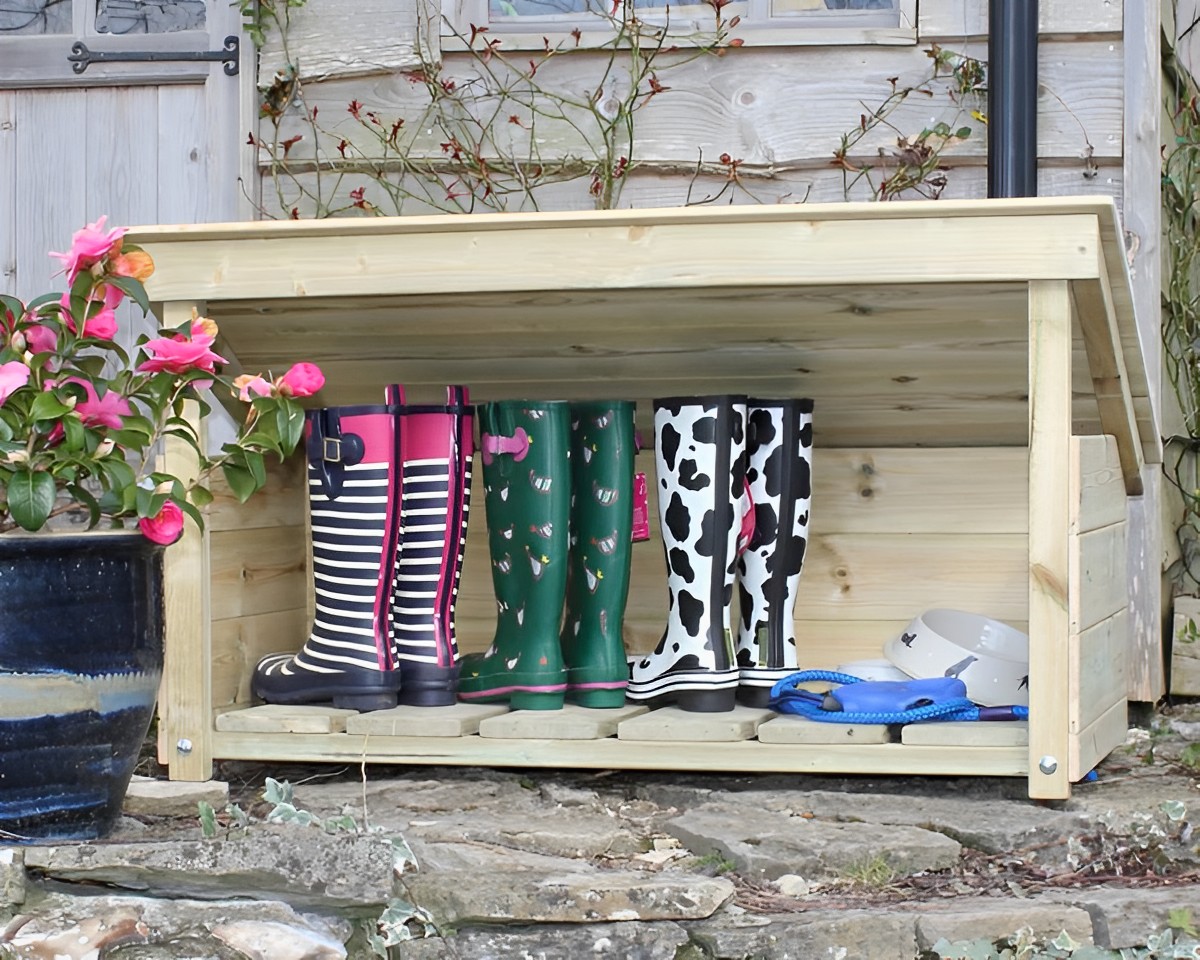
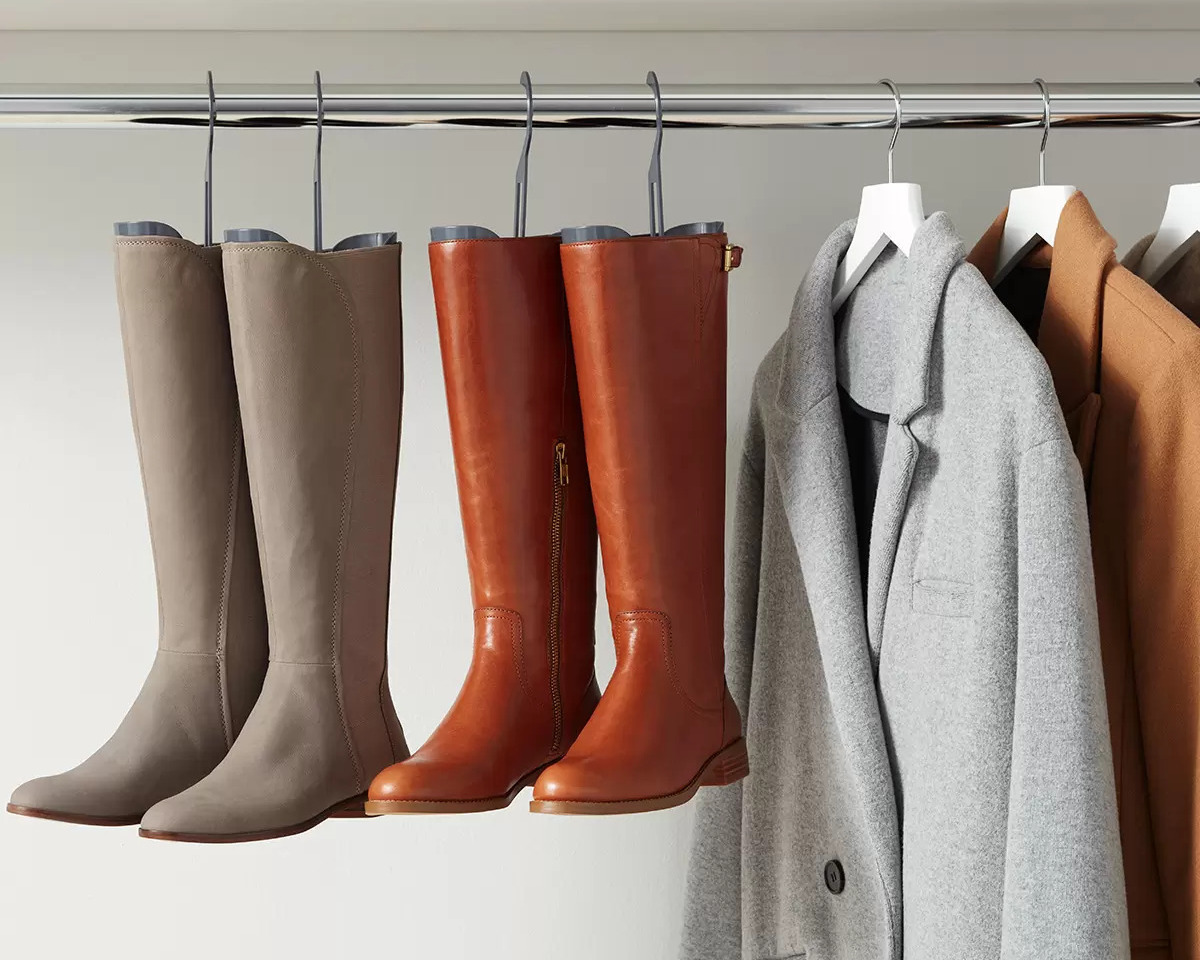
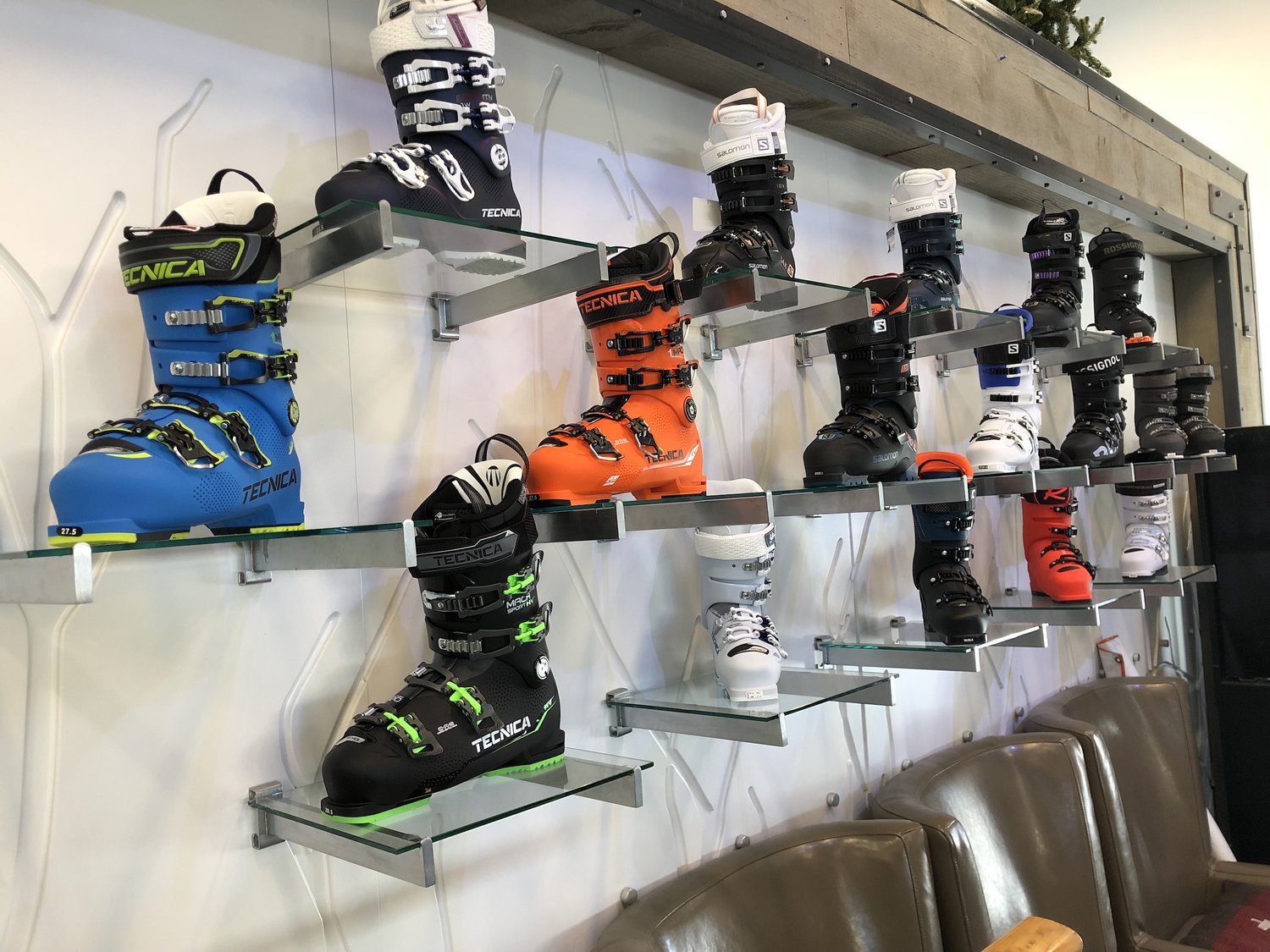
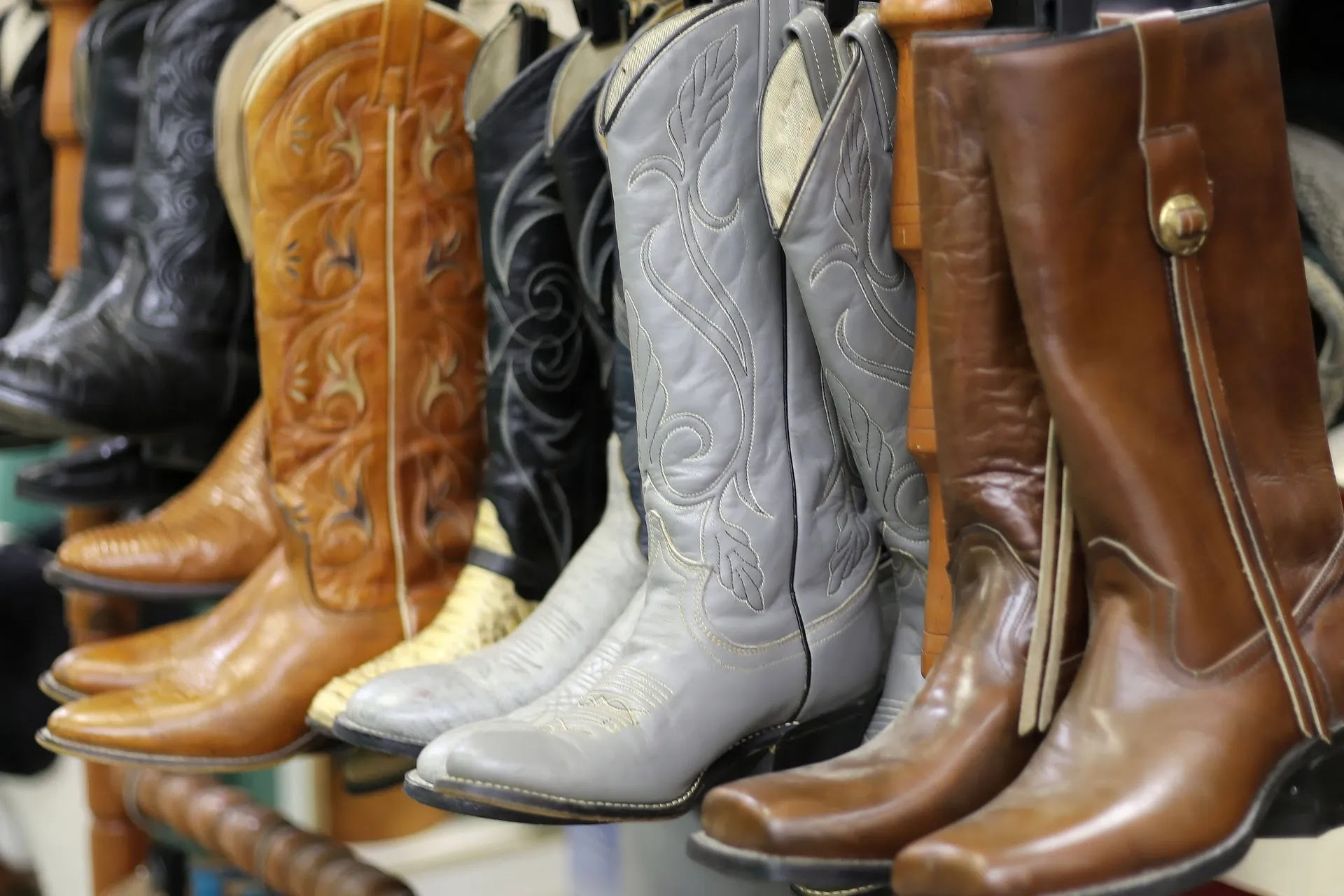

0 thoughts on “How To Store Designer Shoes”